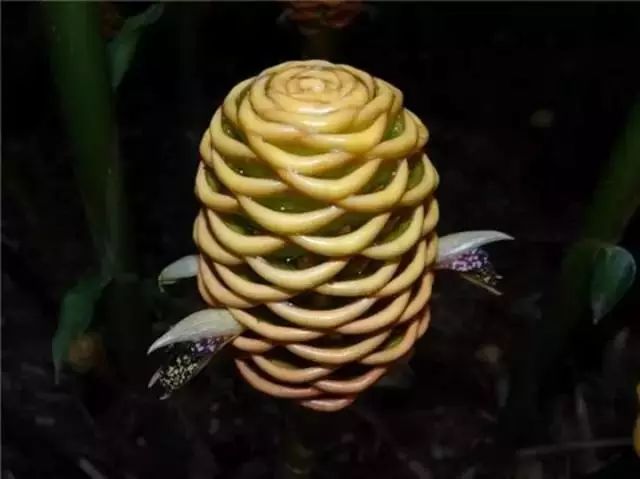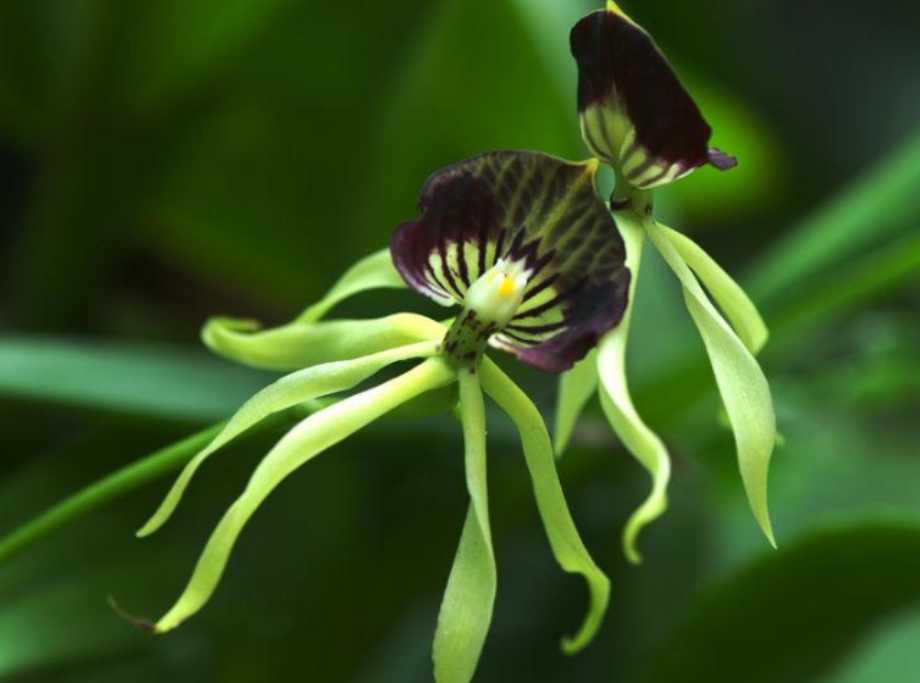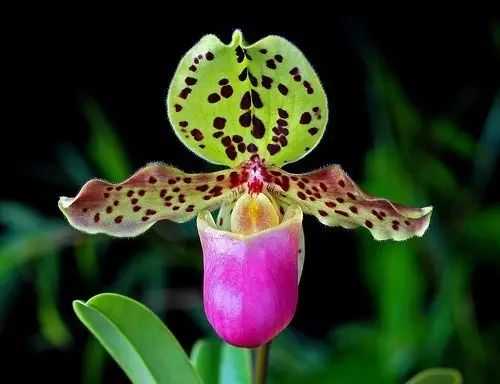Stunning Honeycomb Ginger: A Tropical Botanical GemThe Honeycomb Ginger, scientifically named Zingiber spectabile, is a captivating plant native to the tropical rainforests of Southeast Asia, particularly Thailand, Malaysia, and Indonesia. Revered for its unique appearance and vibrant colors, it stands out as one of the most remarkable members of the Zingiberaceae family.
June 16, 2025, 11:36 am EDT

Source: Images from the Internet, if there is any infringement, please contact the removal of









